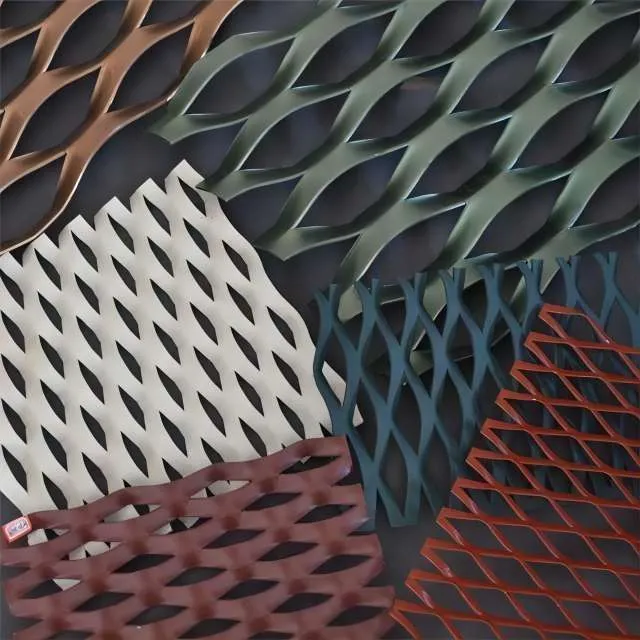The Versatility of Hexagonal Perforated Sheets
Hexagonal perforated sheets are a fascinating material that combines aesthetic appeal with functional utility, making them a popular choice across various industries. Characterized by their unique hexagonal patterns, these sheets offer a blend of strength, lightweight characteristics, and aesthetic versatility, contributing to their widespread application in architecture, furniture design, and even in industrial contexts.
One of the primary reasons for the growing popularity of hexagonal perforated sheets is their structural integrity. The hexagonal design allows for an excellent distribution of weight, providing durability while minimizing material usage. This efficiency is particularly important in modern construction, where sustainability and cost-effectiveness are paramount. By utilizing hexagonal perforated sheets, architects and builders can achieve robust structures without compromising on design principles.
In architectural applications, hexagonal perforated sheets serve not only as functional components but also as striking design elements. They can be used in facades, screens, and canopies to provide shade and ventilation while allowing for creative expression through light and shadow play. These sheets can be customized in terms of size, thickness, and material, allowing designers to tailor them to their specific needs and the aesthetic of the surrounding environment. For example, a building designed with hexagonal screens can create mesmerizing patterns in sunlight, enhancing the overall aesthetic of the structure.
hexagonal perforated sheet

Beyond architecture, hexagonal perforated sheets have found a significant role in furniture design. They are often employed in office furniture, such as room dividers and workstation screens, where sound absorption and aesthetic appeal are essential. The perforations can effectively break up sound waves, reducing noise levels and creating a more pleasant working environment. Additionally, the modernist look of hexagonal patterns complements contemporary interior design trends, making them a favorite among designers and homeowners alike.
The industrial sector also benefits from hexagonal perforated sheets. Their strength and lightweight nature make them ideal for manufacturing products such as filtration systems, agriculture equipment, and even automotive parts. In these applications, the perforations allow for efficient airflow, drainage, or light penetration, depending on the specific use case. Their versatility means that they can adapt to a wide range of environments and requirements.
Moreover, the production of hexagonal perforated sheets has evolved with technology. Advances in laser cutting and machining allow for intricate designs and patterns that were not previously possible. This technological progress ensures that manufacturers can produce high-quality, precise sheets to meet the exact specifications of their clients.
In conclusion, hexagonal perforated sheets are a remarkable material that embodies the intersection of functionality and design. Whether they are used in architecture, furniture design, or industrial applications, their versatility, strength, and aesthetic appeal make them an invaluable resource in today’s diverse marketplaces. As the demand for sustainable and innovative materials continues to grow, the use of hexagonal perforated sheets is likely to expand, ushering in an era of creativity and efficiency across multiple fields.
-
The Strength and Versatility of Aluminum Expanded Metal Mesh
NewsJun.10,2025
-
Safety Guards and Machine Enclosures Using Expanded Mesh
NewsJun.10,2025
-
Performance with Round Hole Perforated Mesh in Wall Panels
NewsJun.10,2025
-
How Steel Grating Trench Covers Distribute Weight Efficiently
NewsJun.10,2025
-
How Deck Mesh Railing Enhances Backyard Aesthetics
NewsJun.10,2025
-
Comparing Bar Thickness and Spacing in Steel Grating
NewsJun.10,2025
Subscribe now!
Stay up to date with the latest on Fry Steeland industry news.

